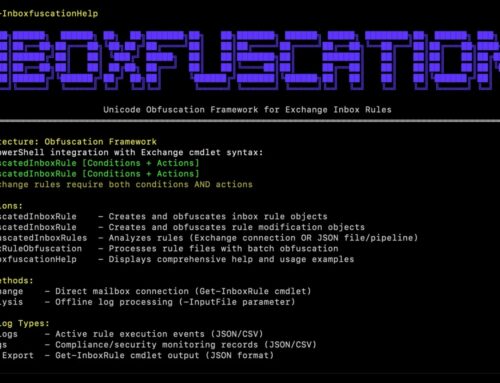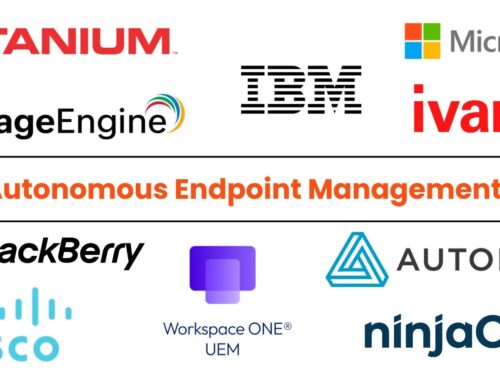
Kawa4096 Ransomware Attacking Multinational Organizations to Exfiltrate Sensitive Data
The digital landscape is under constant siege, and a new, highly sophisticated adversary has emerged, specifically targeting vital data within multinational organizations. Kawa4096 ransomware is not just another threat actor; it represents a calculated and precise danger to enterprises globally. Since its initial detection in June 2025, Kawa4096 has swiftly escalated its operations, demonstrating a clear focus on exfiltrating sensitive data from critical sectors like finance, education, and services, with a notable emphasis on entities in Japan and the United States. Understanding this group’s tactics and impact is paramount for effective defense.
Understanding Kawa4096 Ransomware
Kawa4096 is a recent addition to the ever-growing list of ransomware threats. What distinguishes this group is its systematic approach and the breadth of its targets, spanning diverse industries and geographies. Unlike opportunistic attacks, Kawa4096 appears to conduct thorough reconnaissance, choosing its victims strategically. The primary objective is not merely disruption through encryption but the exfiltration of sensitive data, setting the stage for potential double extortion schemes. This shift indicates a higher level of organization and a more insidious motive: leveraging stolen information for maximum financial gain or other malicious purposes.
Targeted Sectors and Geographic Focus
The operational footprint of Kawa4096 is broad, yet with discernible patterns. Financial institutions, educational bodies, and service providers have become prime targets. These sectors often handle vast quantities of personal, proprietary, and financial data, making them lucrative for data exfiltration. Geographically, Kawa4096 has shown a concentrated interest in Japan and the United States. This dual focus suggests either a command of multiple languages for effective social engineering or a strategic decision to target economically powerful regions with significant digital footprints.
Tactics and Techniques Employed
While specific CVEs associated with Kawa4096’s initial access vectors are still being detailed, the group’s methodical approach implies a reliance on sophisticated tactics. Common ransomware entry points often include:
- Phishing and Spear-Phishing: Crafting highly convincing emails or messages to trick employees into divulging credentials or executing malicious payloads.
- Exploiting Vulnerabilities: Leveraging known but unpatched vulnerabilities in public-facing applications or network infrastructure. For instance, exploits related to CVE-2023-34362 (MOVEit Transfer vulnerability) or older, persistent threats like those targeting RDP can provide initial footholds.
- Supply Chain Attacks: Compromising a trusted third-party vendor to gain access to target organizations.
Once inside, Kawa4096 likely employs lateral movement techniques, privilege escalation, and stealthy data exfiltration methods before initiating the final encryption payload. The emphasis on data theft before encryption makes recovery even more complex, as the risk of public disclosure or sale of exfiltrated data remains even if systems are restored.
Remediation Actions and Proactive Defense
Defending against advanced threats like Kawa4096 requires a multi-layered and proactive cybersecurity posture. Organizations must move beyond reactive measures and implement comprehensive strategies.
- Patch Management: Maintain a rigorous patch management schedule. Regularly update all operating systems, applications, and network devices to close known security gaps. Pay critical attention to vulnerabilities like those listed in CISA’s Known Exploited Vulnerabilities Catalog.
- Strong Authentication: Implement multi-factor authentication (MFA) across all services, especially for remote access, VPNs, and critical internal systems.
- Endpoint Detection and Response (EDR): Deploy advanced EDR solutions to monitor endpoints for suspicious activity, detect anomalies, and respond to threats in real-time.
- Network Segmentation: Segment networks to limit lateral movement. If one part of the network is compromised, segmentation can prevent attackers from reaching critical assets.
- Data Backup and Recovery: Implement robust, off-site, and immutable backup strategies. Regularly test backup restoration processes to ensure business continuity in the event of an attack.
- Employee Training: Conduct regular cybersecurity awareness training to educate employees about phishing, social engineering tactics, and safe browsing habits.
- Threat Intelligence: Subscribe to and act upon timely threat intelligence feeds to stay informed about emerging threats and adversary tactics.
- Incident Response Plan: Develop and regularly review a comprehensive incident response plan. Conduct tabletop exercises to ensure the team is prepared to react effectively to a ransomware incident.
Conclusion
Kawa4096 ransomware represents a significant and evolving threat to multinational organizations. Its methodical targeting, focus on data exfiltration, and ability to traverse diverse industries in key economic regions demand immediate attention from cybersecurity professionals. Proactive defense, robust security measures, and a strong incident response capability are not merely best practices; they are essential for mitigating the profound risks posed by such sophisticated adversaries. Staying informed, implementing comprehensive security controls, and fostering a security-conscious culture are critical to safeguarding organizational integrity against threats like Kawa4096.





